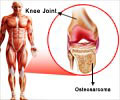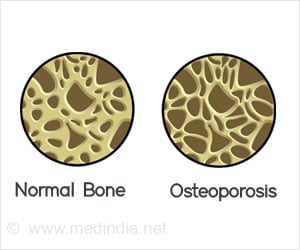Researchers have been studying about the outcome of the hitech scanning technologies recently. A scan that looks at glucose uptake in a tumour shows
Researchers have been studying about the outcome of the hitech scanning technologies recently. A scan that looks at glucose uptake in a tumour shows who has a poor prognosis. Osteosarcoma is a bone tumour which affects mainly younger people. It's an unusual cancer and one where the outcome tends to be rather unpredictable. Researchers at the University of Germany have used a technique called FDG-PET to determine prognosis in osteosarcoma. In PET (positron emission tomography), a radioactive, biologically chemical is used as a tracer to show the activity of a part of the body in 'real time'. This study showed how a form of glucose - FDG (fluorodeoxyglucose) - was taken up by the tumour.
A group of 35 patients with osteosarcoma, aged between five and 40, took place in this trial. The higher the initial uptake of FDG into the tumour, the worse the prognosis. These patients could be offered more intensive therapy - and the impact of this is now being investigated in an additional study.







